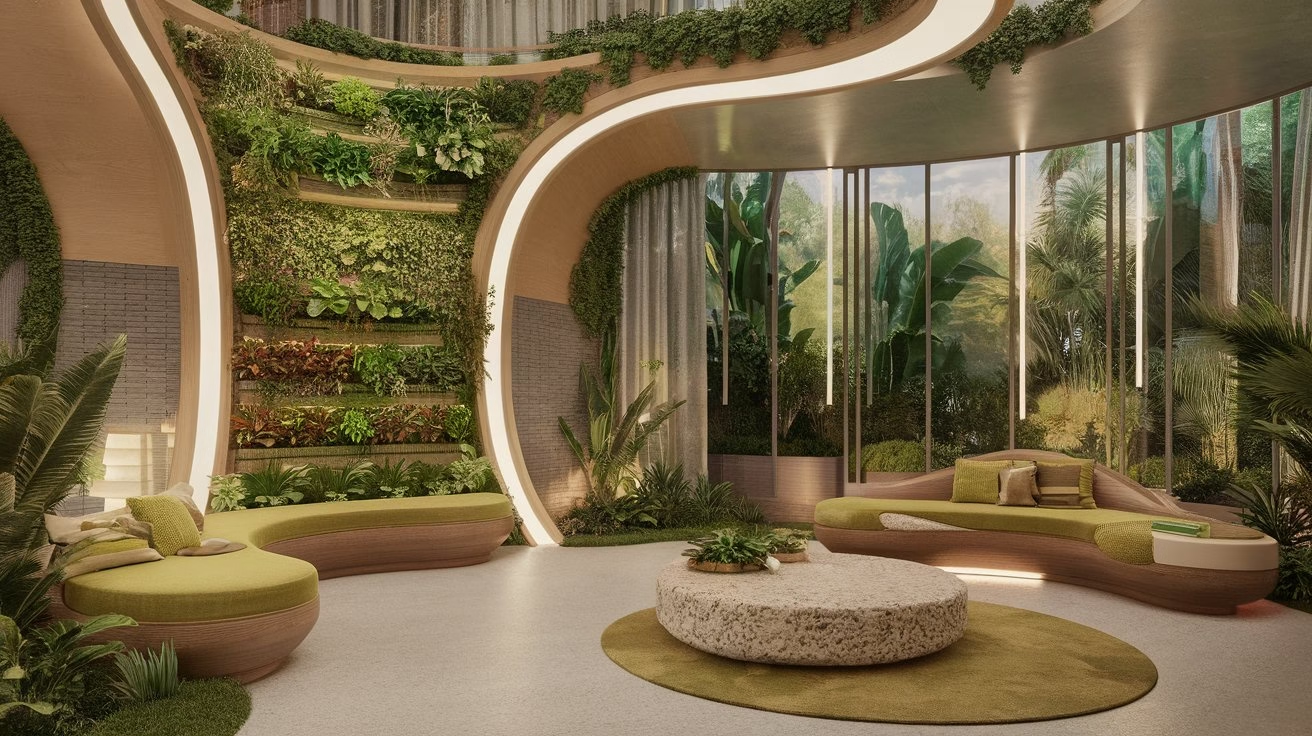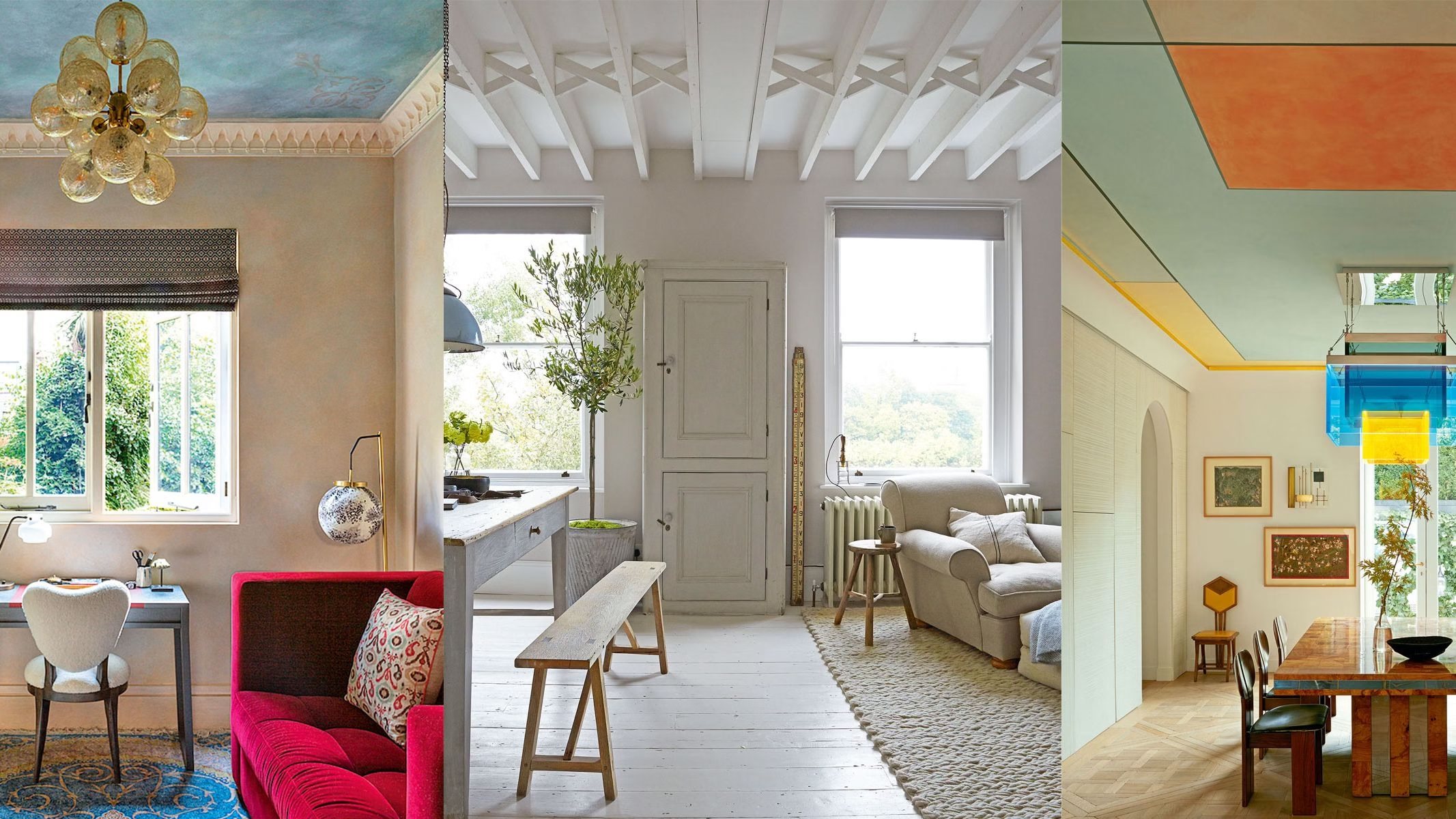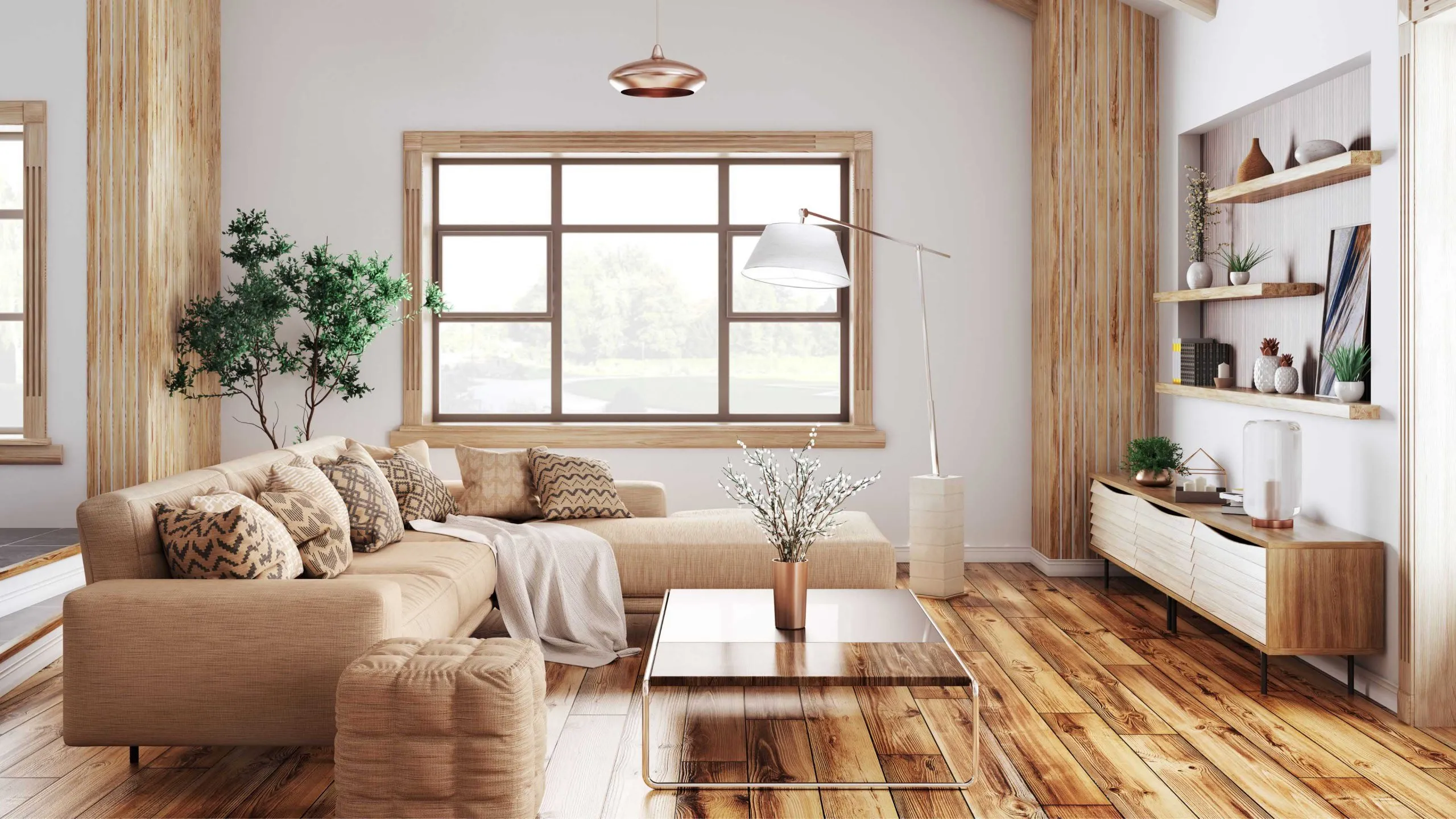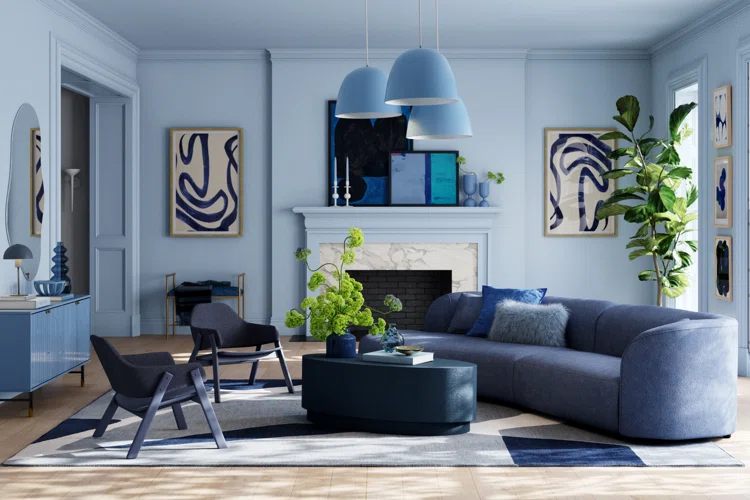Eco‑friendly home design is not just a trend—it is a necessity. As we strive to mitigate climate change, homeowners and builders are embracing sustainable choices, from renewable materials to smart appliances. In 2025, sustainability in homes is driving value, wellness, and innovation.
“Sustainable home design benefits both the planet and business success… Builders who prioritize energy‑efficient solutions enjoy higher home valuations.”
Below are the ten leading practices shaping green homes today.
1. Eco-Friendly & Recycled Materials
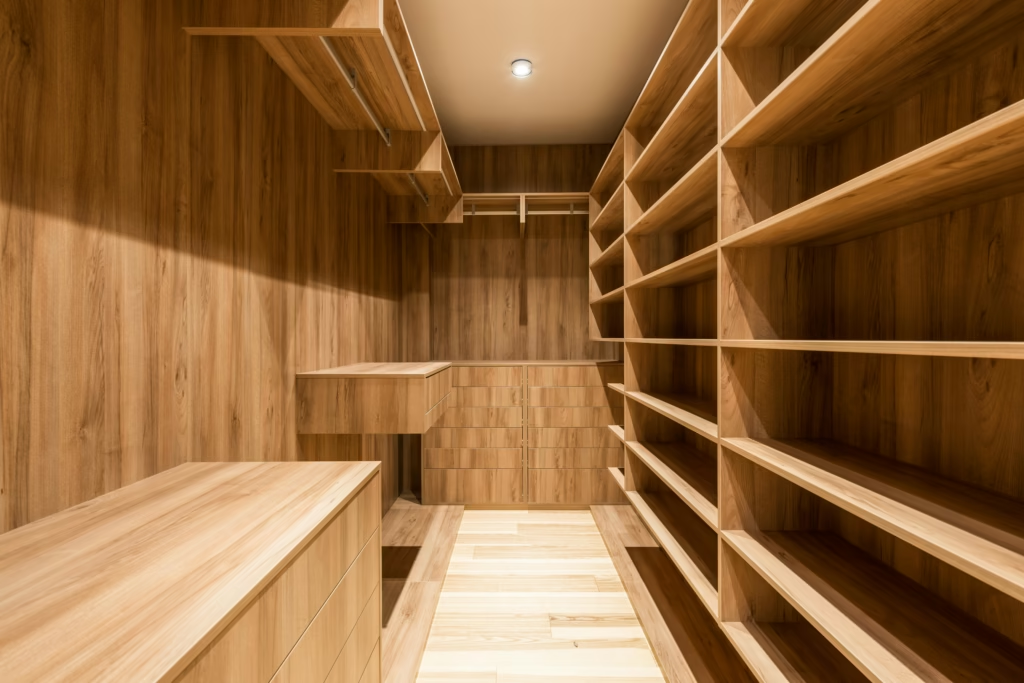
1.1 Locally-Sourced and Rapidly Renewable Materials
Materials such as bamboo, cork, and hempcrete are gaining traction in 2025. Research highlights bamboo’s rapid renewability and carbon‑sequestering benefits.
1.2 Recycled and Reclaimed Options
Salvaged wood, recycled copper, and paper‑flake panels are being reused to cut embodied energy.
1.3 Low‑VOC & Non‑Toxic
Furniture and finishes are being selected to limit toxins, including formaldehyde‑free cabinetry .
2. Passive Solar Design & High-Performance Glazing
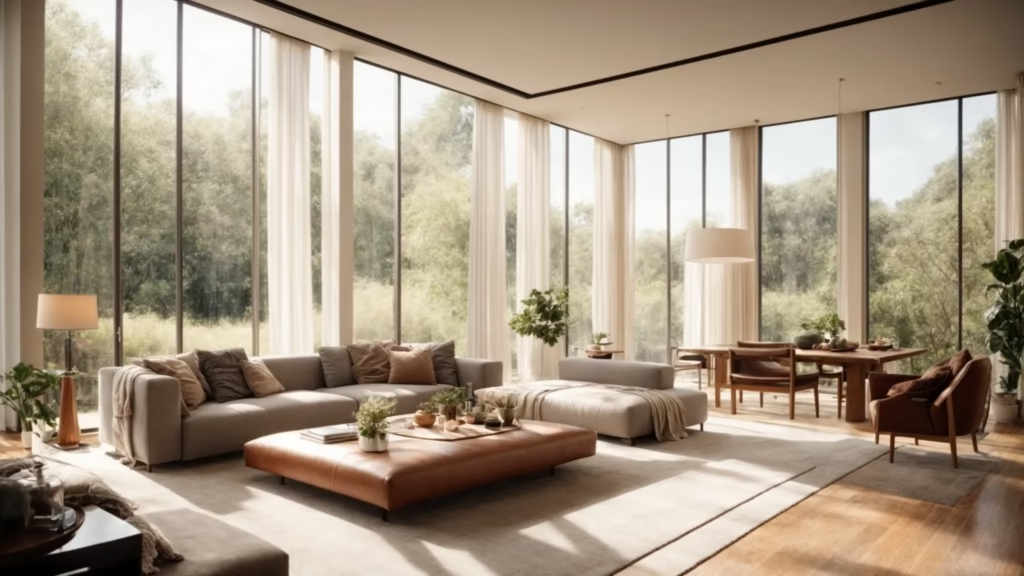
2.1 Smart Orientation & Daylighting
Homes are being oriented to maximize natural light and heat, while minimizing cooling needs through thoughtful window placement.
2.2 Triple-Glazed & Low‑E Windows
High-performance glazing keeps interiors comfortable year-round and cuts energy costs.
3. Green Roofs & Living Walls
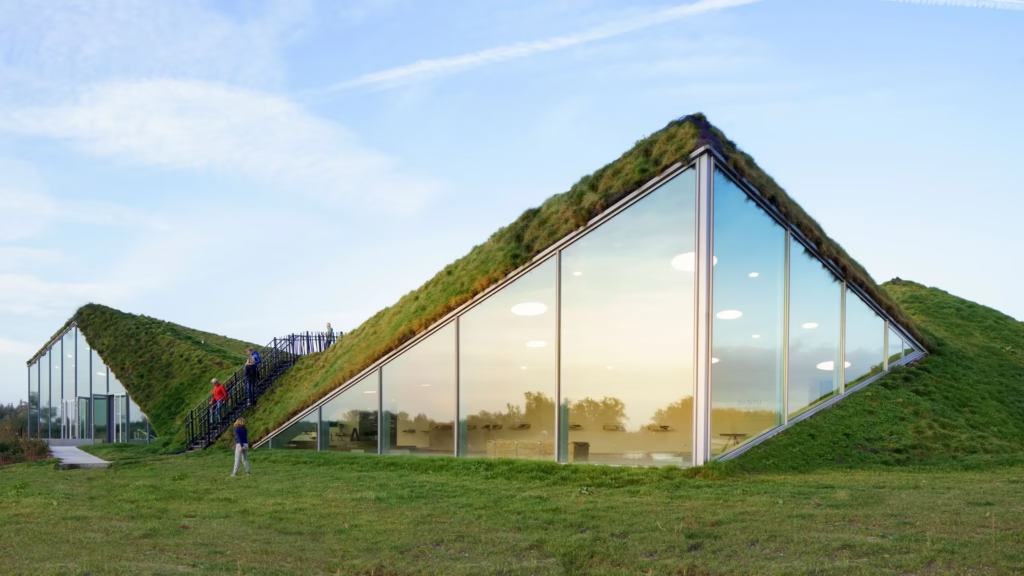
Green roofs, featuring vegetation, have multiple benefits:
- They lower heating/cooling demand
- Combat urban heat-island effect
- Reduce stormwater runoff
Similarly, living walls enhance insulation and biodiversity indoors.
4. Renewable Energy Integration
4.1 Solar Panels & PV Systems
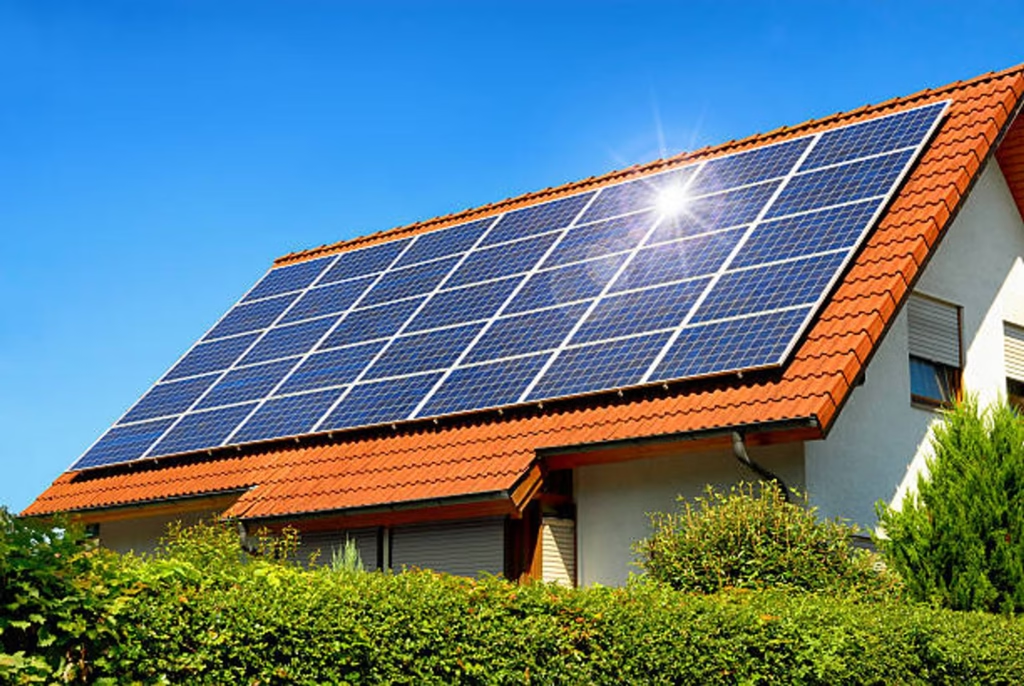
Solar adoption continues to grow in 2025. Innovations include integrated solar shingles and improved panel efficiency.
4.2 Battery Storage Solutions
Systems like Tesla Powerwall allow homeowners to store solar energy, supporting grid-independence.
4.3 Geothermal Heat Pumps
Steady subterranean heat is being harnessed to heat and cool homes with remarkable efficiency .
5. Energy-Efficient Appliances & Systems
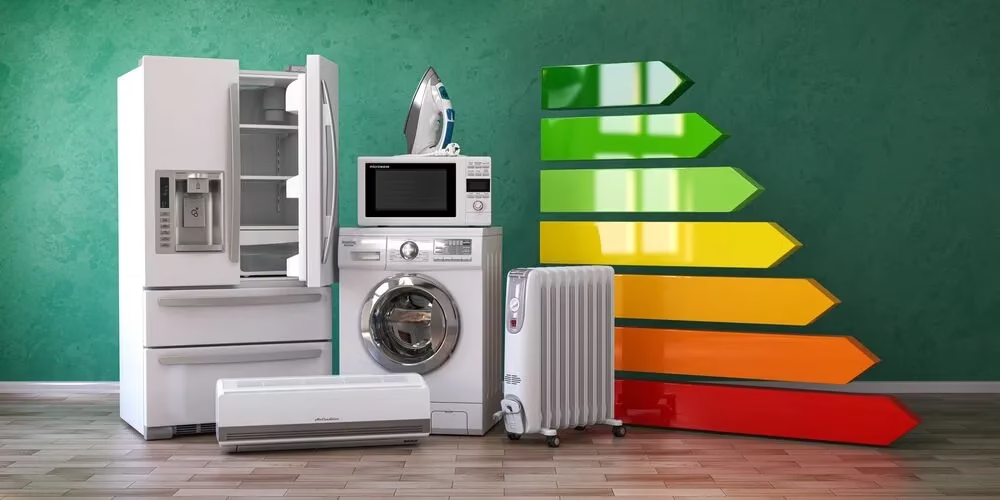
Appliances labeled Energy Star—which saves the average household ~$450/year—are essential.
5.1 High-Efficiency Fridges & Machines
2025 models reduce energy use by 15–25%, and water use by 33%.
5.2 Smart Thermostats & Lighting
Real‑time monitoring, occupancy sensors, and schedulers slash wasted energy.
5.3 Potential Energy Star Phase-Out
With uncertainty around Energy Star, consumers will need to rely more on manuals and certifications.
6. Water Conservation & Management
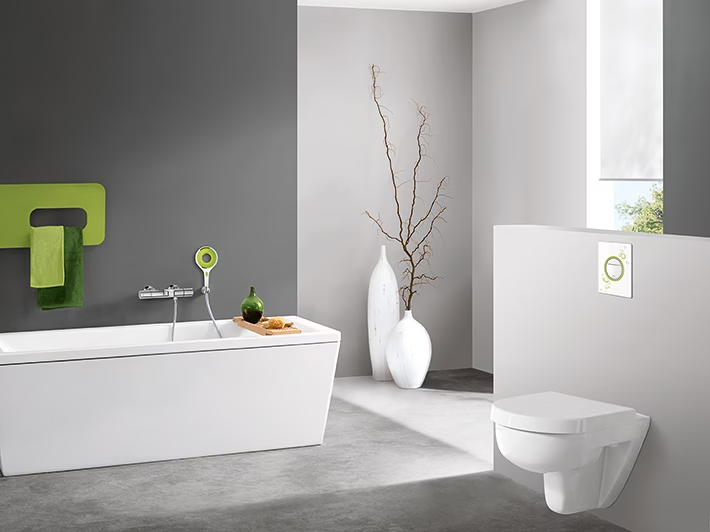
6.1 Low-Flow Fixtures & WaterSense Technology
Options like dual‑flush toilets and aerated faucets save water without sacrificing performance.
6.2 Greywater & Rainwater Systems
Reusing bath and shower water or collecting rainwater helps reduce municipal demand.
7. Biophilic & Nature-Inspired Design
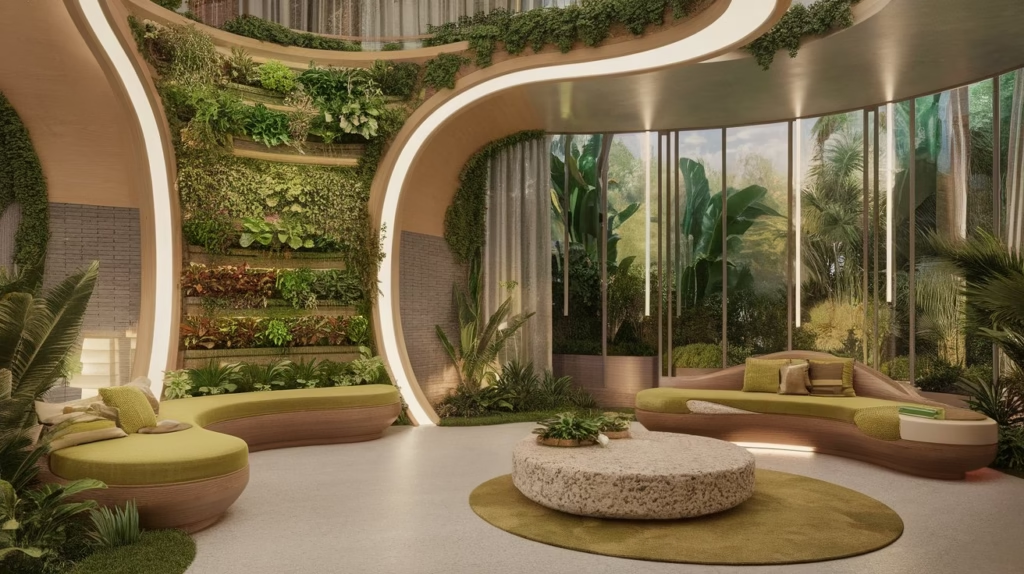
7.1 Indoor Plants & Natural Elements
Homes in 2025 are featuring more biophilic design elements—plants, stone accents, and natural light enhance wellness.
7.2 Dopamine Décor
Color psychology and organic shapes—from warm reds to tactile textures—are boosting mood and comfort.
8. Smart Home & AI Integration
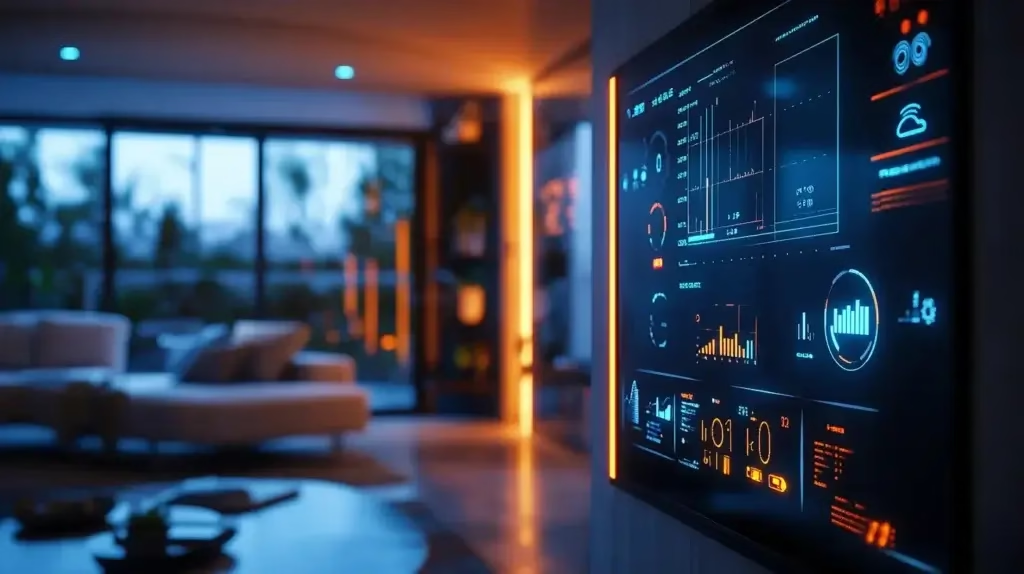
Automation is both sustainable and comfortable. AI-powered HVAC systems optimize comfort while conserving energy .
9. Circular & Adaptive Design
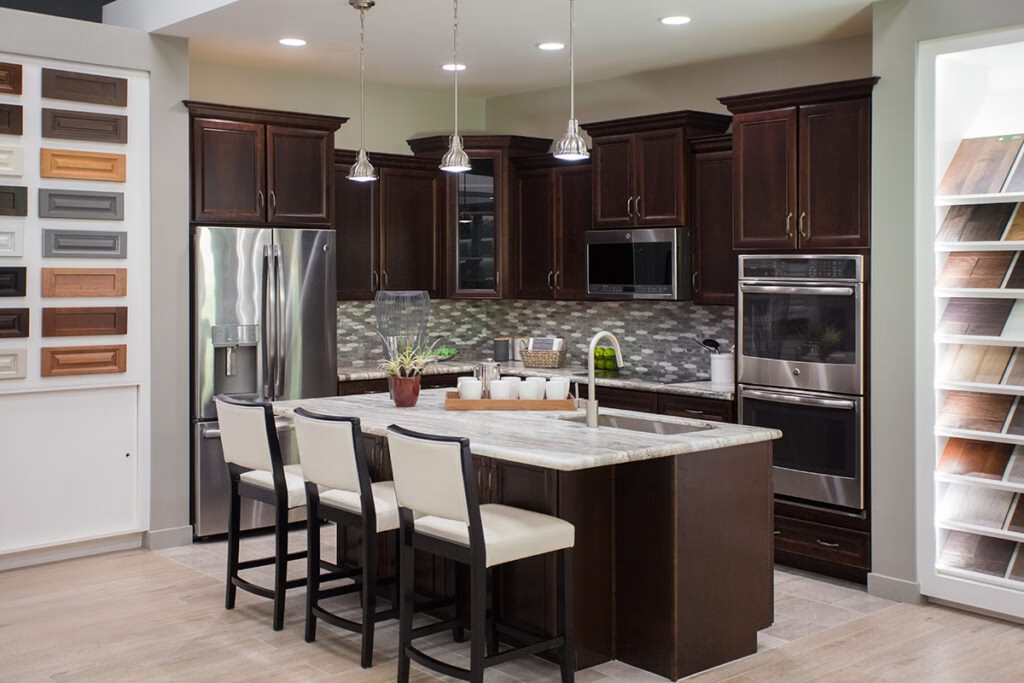
9.1 Reuse & Refurbishment
Cabinets, fixtures, and furniture are being repurposed to embrace the circular economy .
9.2 Multifunctional Furniture
Convertible designs reduce waste and increase adaptability .
10. Wellness-Focused Spaces

10.1 Pockets of Sanctuary
Wellness rooms, spas, or quiet corners are being incorporated into design plans .
10.2 Healthy Materials & Indoor Air Quality
Non-toxic materials and HVAC filters improve health outcomes .
Conclusion
Sustainable home design in 2025 is about integrating environmental responsibility with wellness, value, and lasting style. From recycled materials to AI‑optimized systems, these practices ensure that homes are both eco-conscious and comfortable.
By focusing on these ten strategies—and starting with small changes—any homeowner can contribute to a healthier planet while enjoying long-term benefits.
Read more trending HOME news here
![]()
